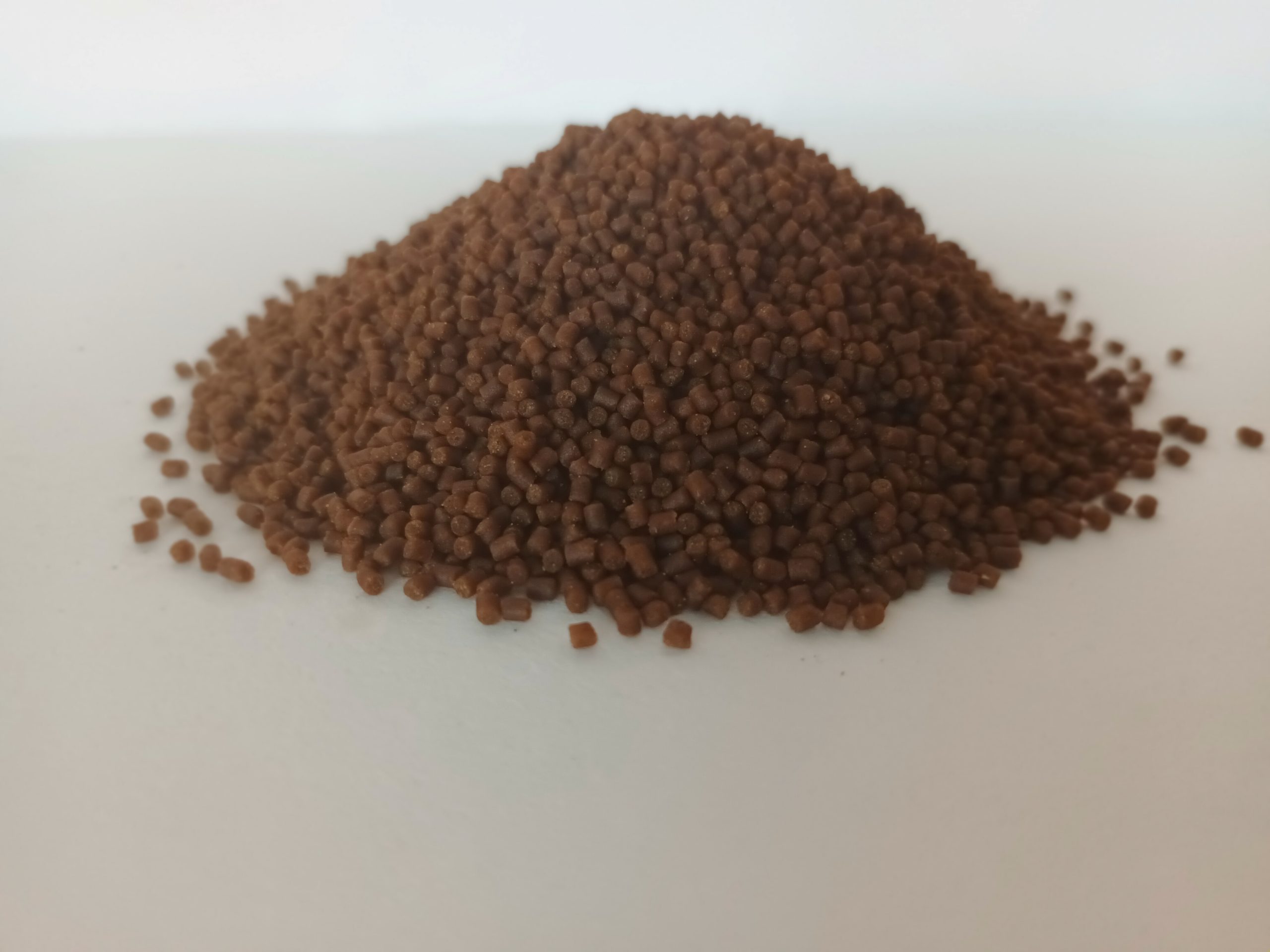
Kronos Marine

Optimus
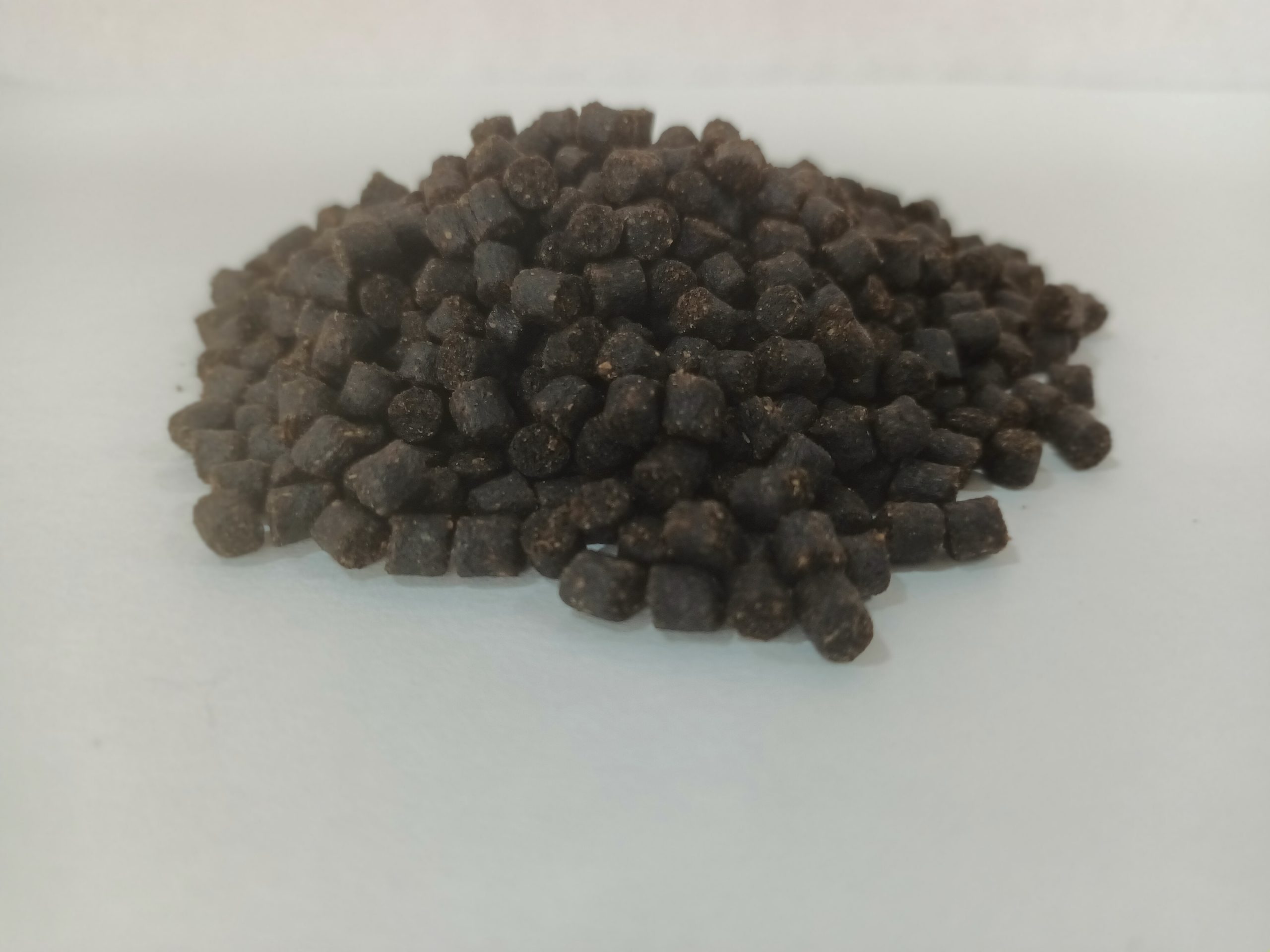
Vital S

Nutraplus
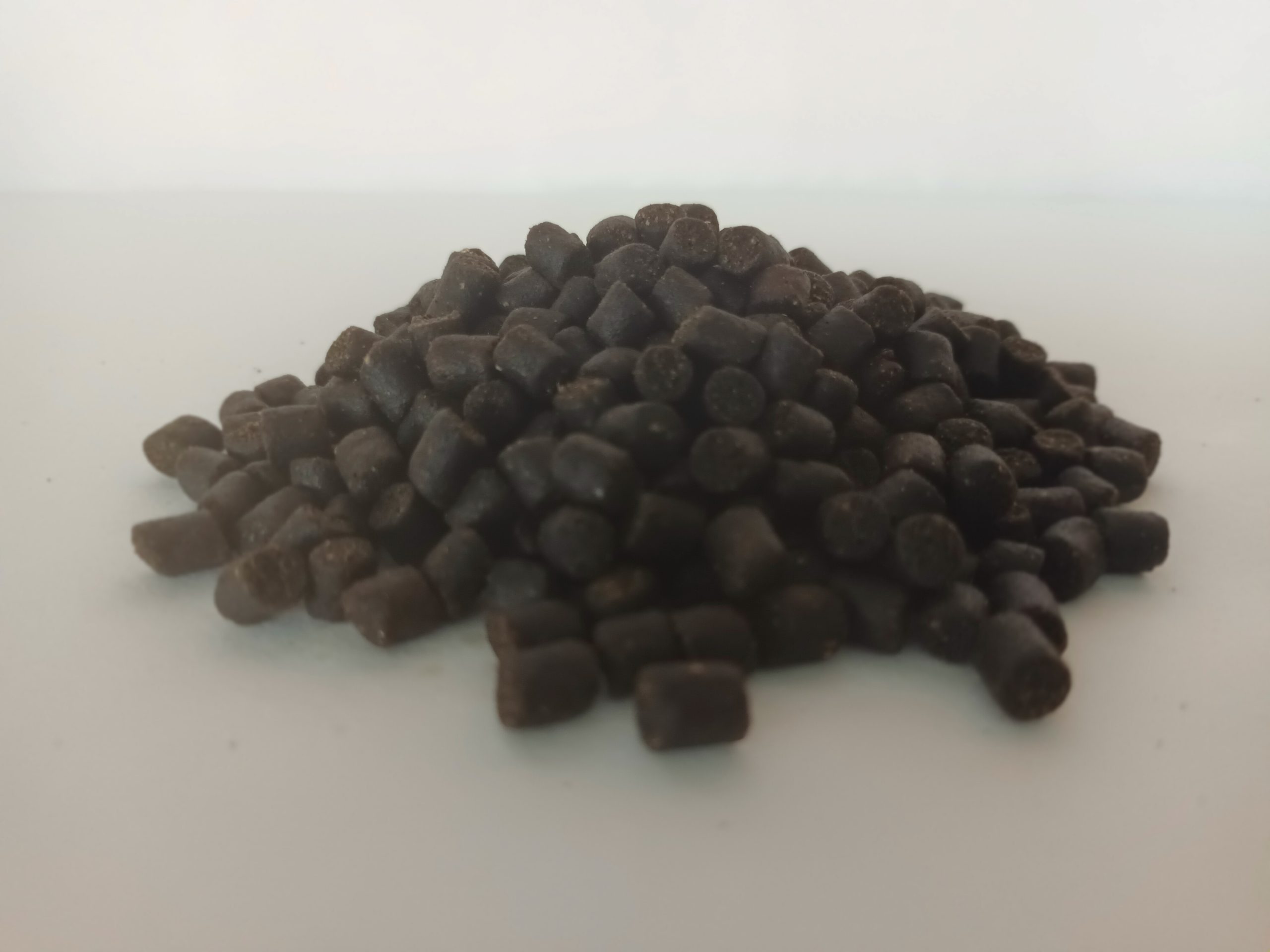
Maxpro
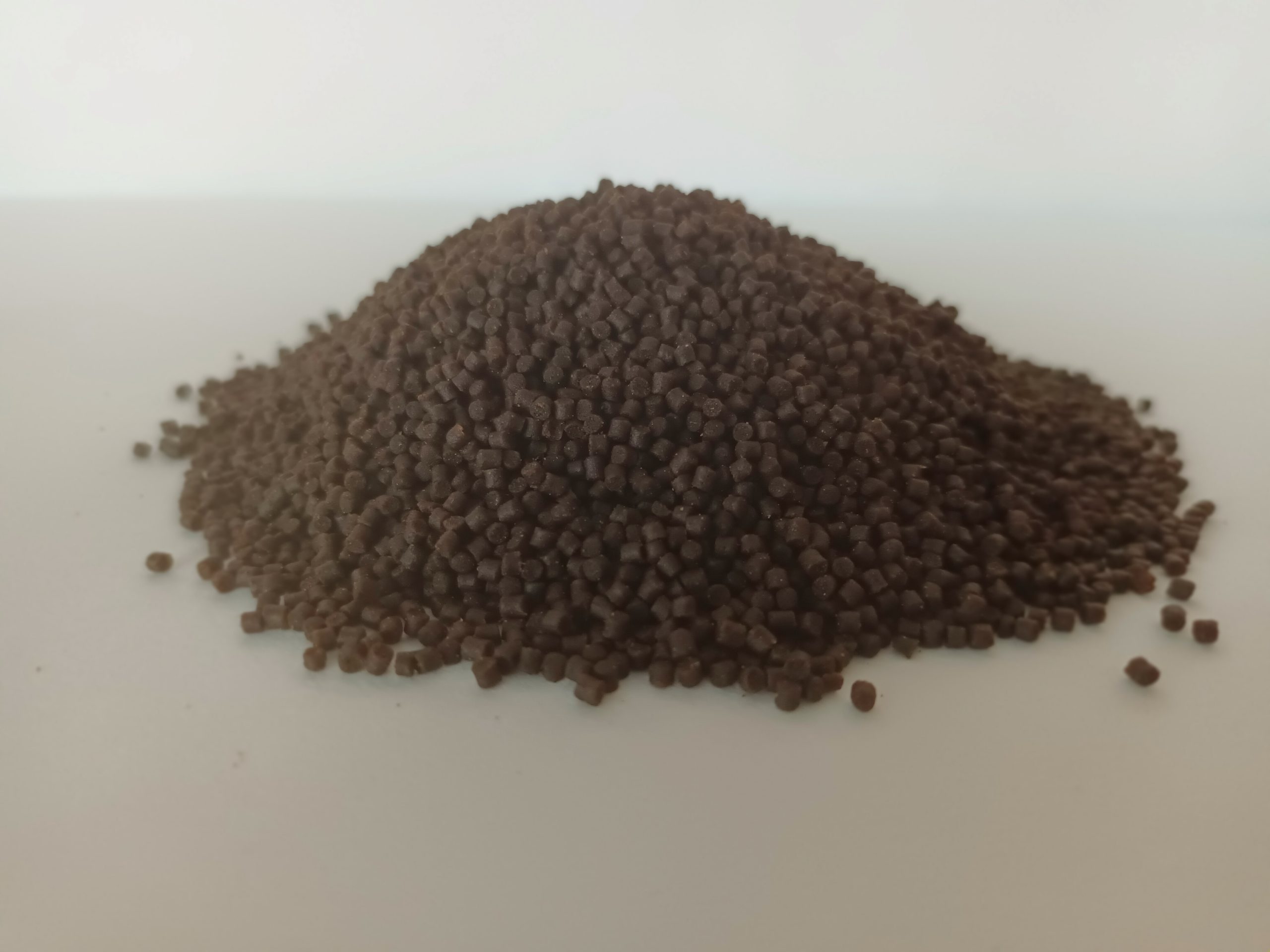
Alphadiva 4Tress
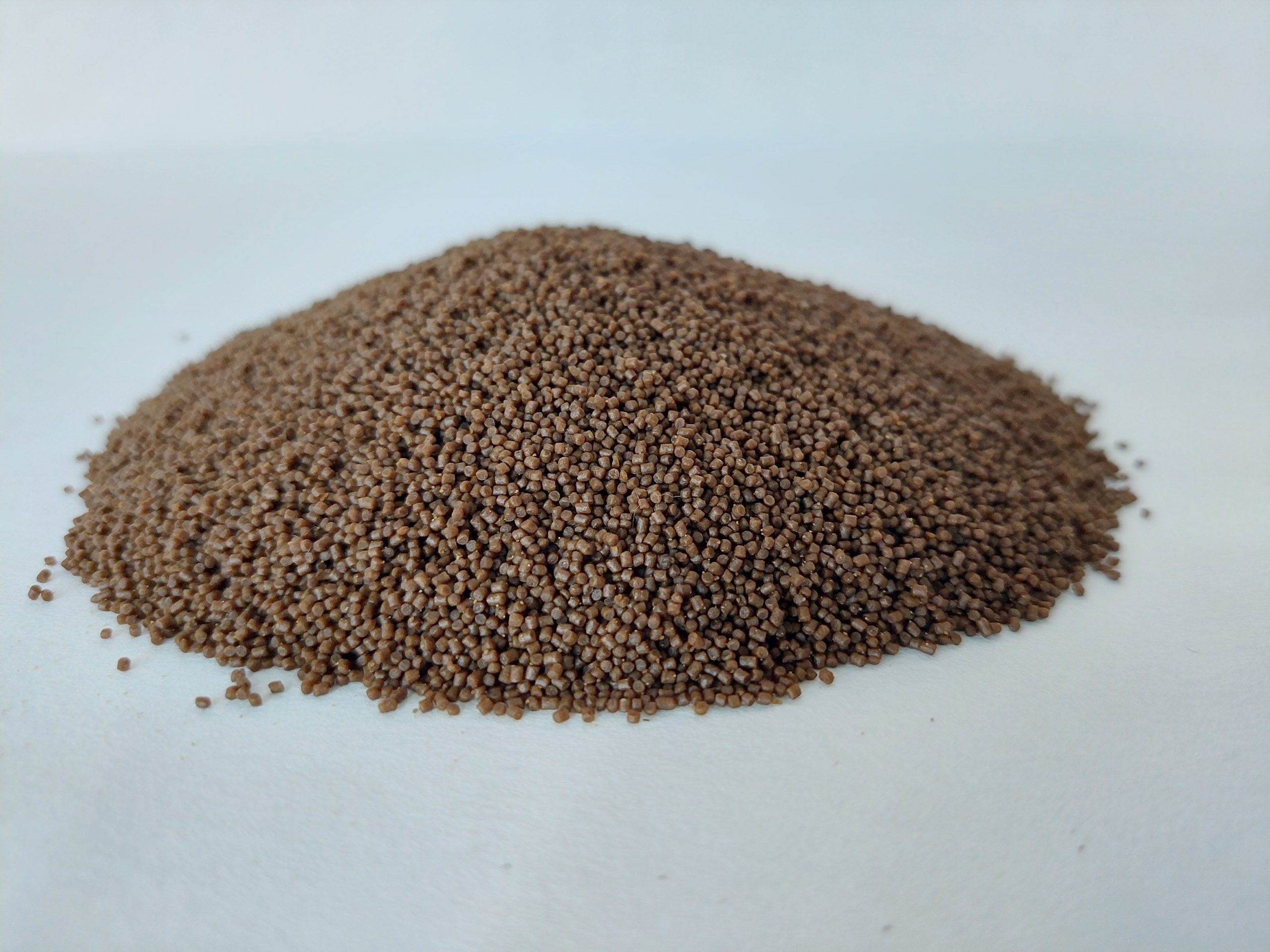
Microbaq M
Sea Bream’s manufacture has become a significant activity in many Mediterranean countries.
Sea Bream’s manufacture has become a significant activity in many Mediterranean countries.
It has evolved from the traditional models towards intensive exploitation systems similar to those used in salmons cultivation. Feeding is a significant cost factor and its development has been parallel to that of the exploitation techniques
In the historic areas of production, environmental conditions (temperature, dissolved oxygen, salinity, etc.) change a lot during the year. This forces feeding strategy and the kind of fodder to be modified in order to always get the best results.
Dibaq has been present in this activity from the beginning, working closed to fish farmers and developing products that nowadays are considered as basic for the sector, such as finished fodder, high energy diets or products for wintry feeding.

- Temperature
- 64.4-68ºF
- Salinity
- 35-37 per mille
- Oxygen
- > 6 ppm
- Density
- 28.4-45.45 l/p
- Survival
- 25-30%
- Egg diameter
- 0.04 in
- Larva’s length
- 0.1-0.12 in
- Temperature
- 71.6-78.8ºF
- Salinity
- 30-40 per mille
- Oxygen
- > 5 ppm
- Load
- 1.25-1.56 lb/ft3
- Duration
- 14-16 months
- Final weight
- 0.77-0.99 lb
- Survival
- 80-85%


